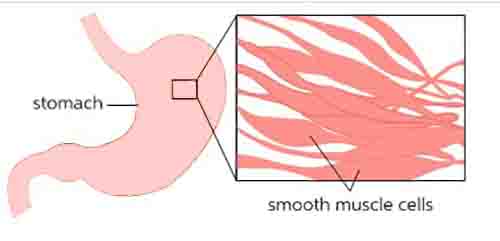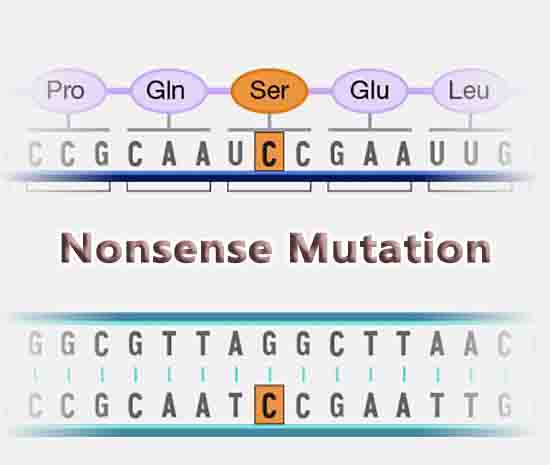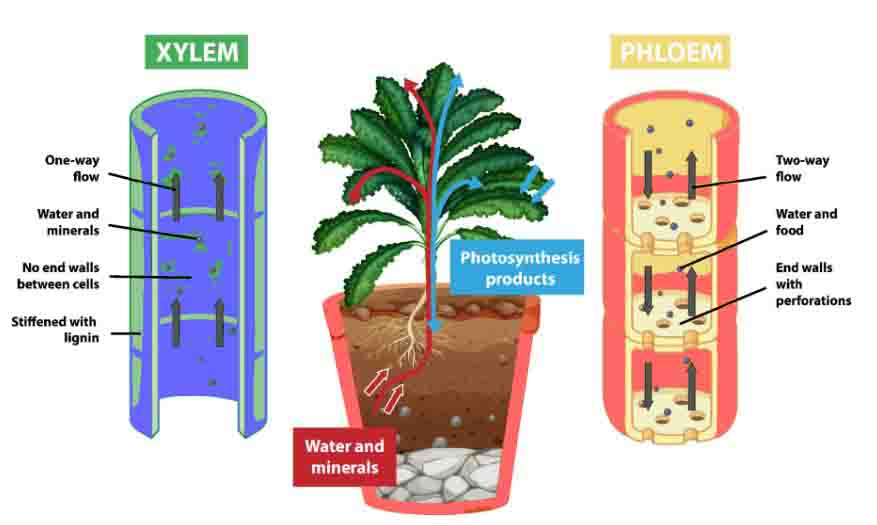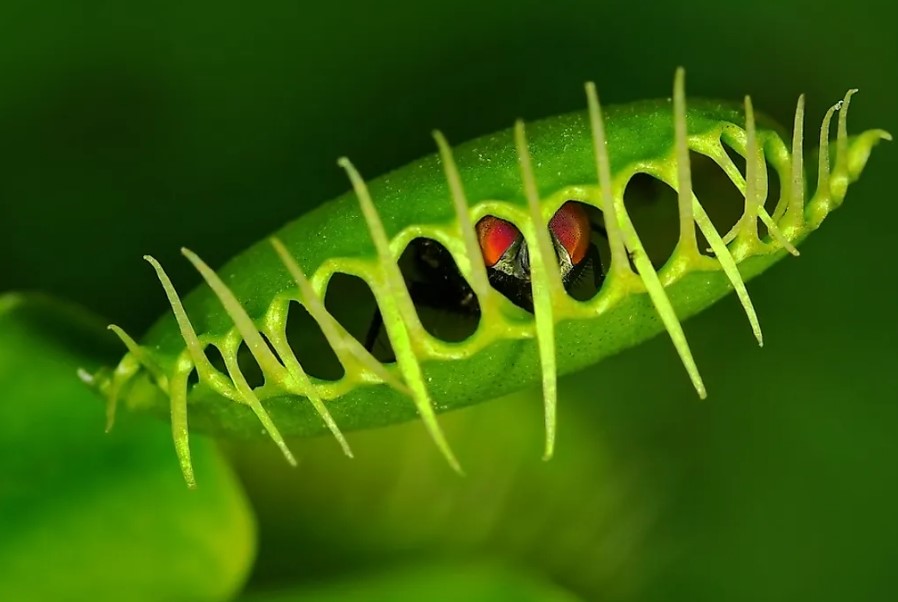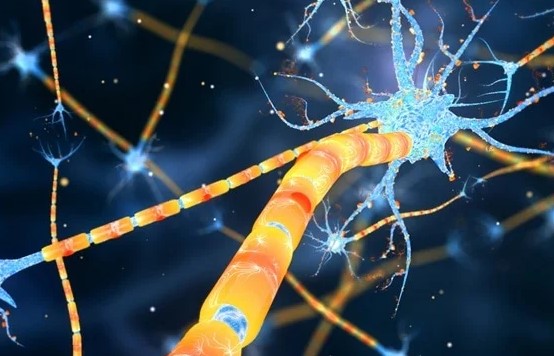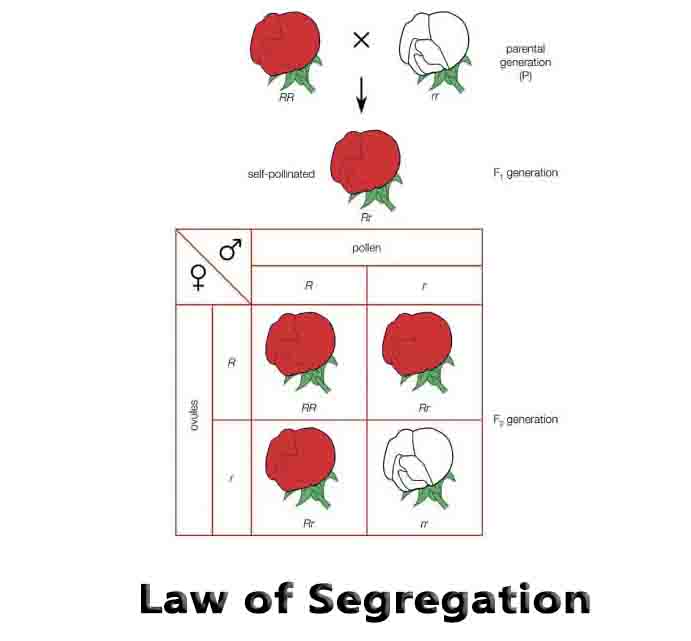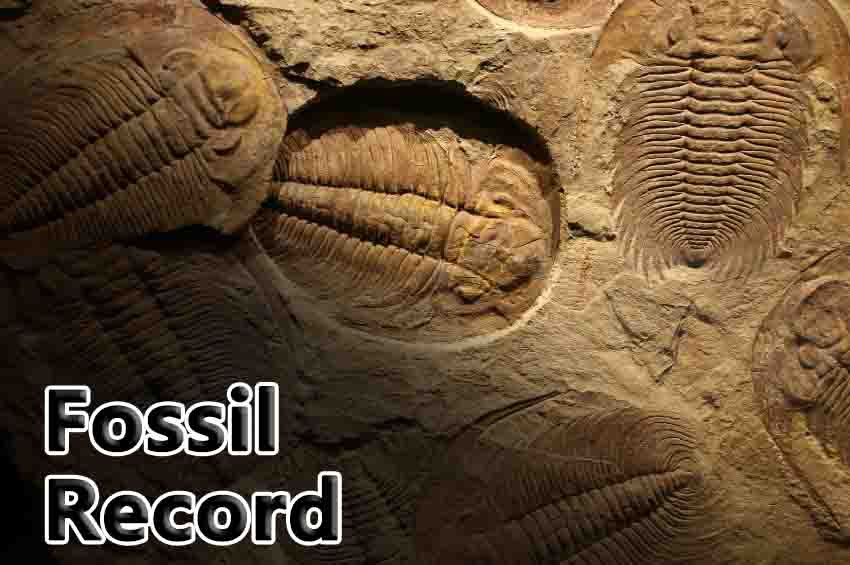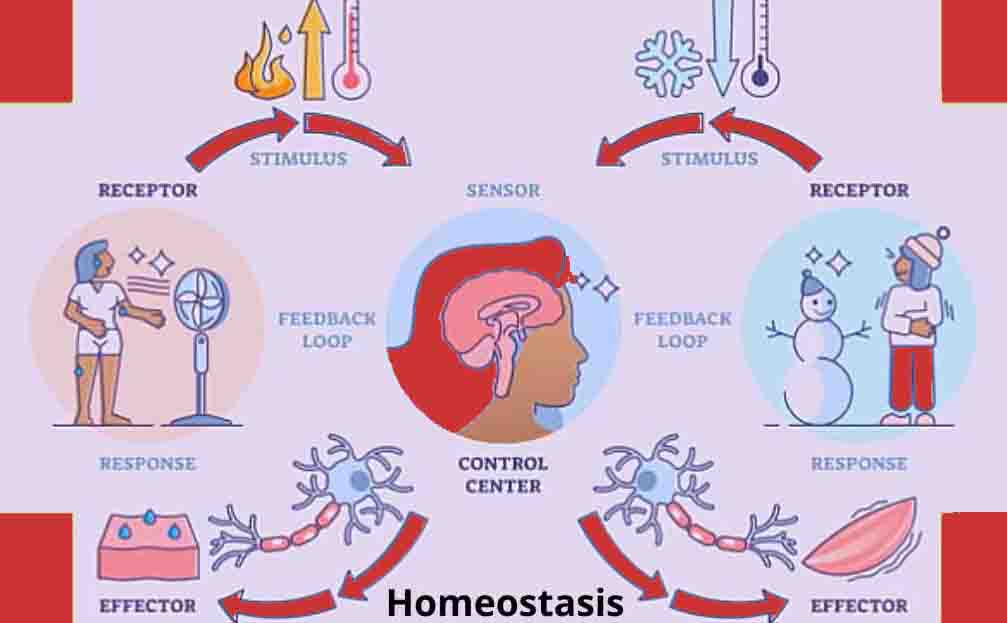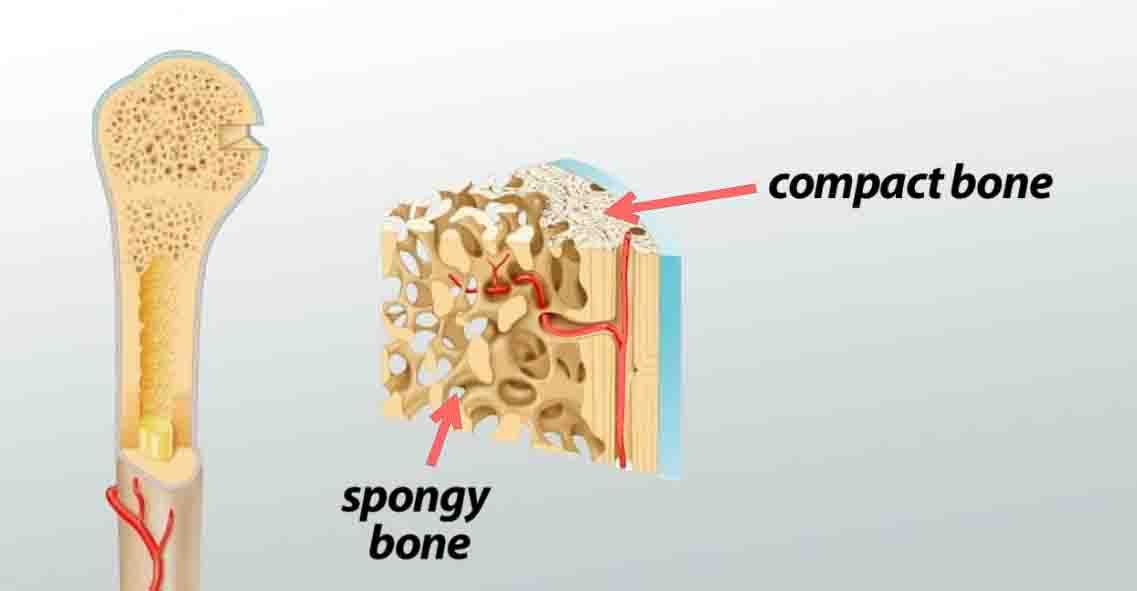Smooth Muscle
Smooth Muscle Definition A smooth muscle is a type of muscle tissue that applies pressure to vessels and organs. Sheets or strands of smooth muscle cells make up smooth muscle. Actin and myosin fibers run through these cells and are supported by a framework of other proteins. When certain stimuli are applied, smooth muscle contracts … Read more

